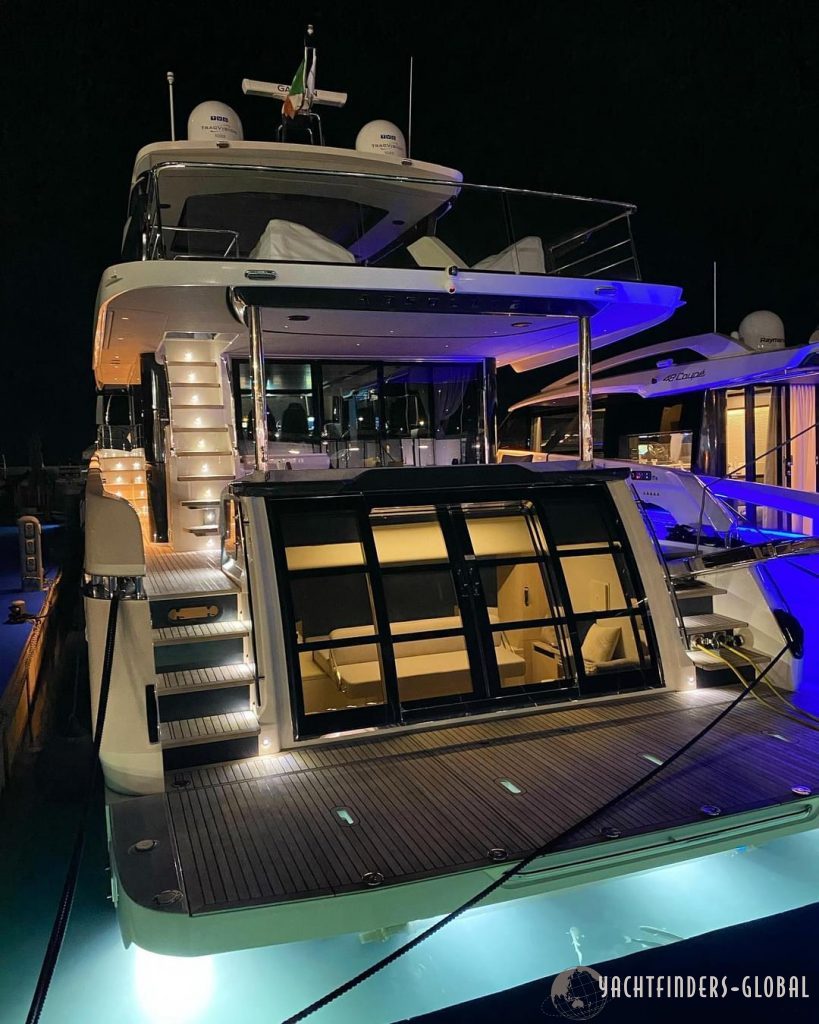Many factors contribute to the selection of a yacht. At the root of any sound yacht purchase decision is the core performance factors that are essential to consider long before you review interior decoration or layout.
- Motor or Sailing yacht
- High-speed performance, Semi-planing hull shape or slow full displacement?
- Size restrictions: Will you need access to a location with draft, beam, length or height restrictions? Does the dock behind your home have X feet of available water or a fixed bridge limiting access to the yacht with an air draft of less than Y feet?
- Guest carriage requirements: Number of guests cruising onboard and sleeping onboard?
- Maintenance issues: Are parts readily available in the intended cruising areas?
- Crew: Will the yacht accommodate a suitable number of crew to match your service expectations?
- Range: Where in the world do you wish to travel? If those ports are not serviced by a yacht transport service then the yacht will need to have an ocean passage making range and hull shape.
- Full-displacement vs. Semi-displacement?
The pros and cons of semi-displacement compared to full-displacement are:
| Semi-Displacement | Full-Displacement | |
|---|---|---|
| Speed | 18-25 knot cruising speed | 10-12 knot cruising speed |
| Fuel Consumption | Very high fuel consumption. Often four to six times the fuel consumption of a similar-sized full displacement yacht. | Fuel efficient when compared with a semi-displacement. |
| Transatlantic passages | Not self-powered, but possible using yacht transportation at a cost of $850-$1,200 per foot each way. | Capable of self-powered transatlantic passages. Costs range from $250 to $600 per foot depending upon crew size and engine size. |
| Engine Maintenance | Specialist engineering. High powered engines require more maintenance from outside companies and specialists. | Lower power rating and crew engineers should be capable of maintaining 95% of all engineering needs. |
| Stability / Comfort | Hard/fast roll due to hard chine hull shape. | Slow roll. Generally more comfortable at anchor. |
| Volume | When designed initially for speed semi-displacement models generally have the shallower draft and less interior volume than full-displacement models of the same length. | Volume considerations have less impact on performance so hull shapes generally contain more interior volume than the similar length in semi-displacement. |
| Noise | Generally louder interiors whilst underway due to desire to reduce weight in construction and larger engines and faster water movement. | No restriction on build weight allows full implementation of noise attenuation. (not all manufacturers employ the necessary construction to minimize noise). |

